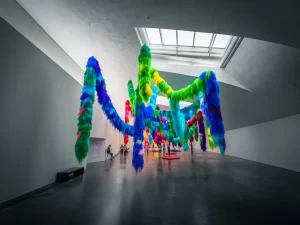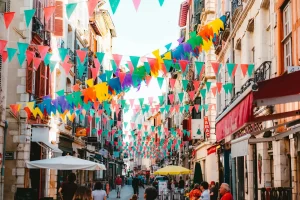Surveying Influential Portuguese Architects Past and Present
Portugal’s architectural heritage is a tapestry woven with the threads of centuries, displaying a rich mosaic of styles and influences. In this journey, we delve into the lives and legacies of influential Portuguese architects, spanning from the medieval masterminds to the contemporary visionaries shaping the future.
Introduction:
Portugal, with its diverse architectural heritage, reflects the nation’s journey through time. From medieval marvels to contemporary wonders, individual architects have played a pivotal role in shaping this heritage. Join us as we explore the lives and achievements of influential Portuguese architects, both past and present.
Part 1: Architects of the Past (Early History – 18th Century):
Medieval Masterminds:
Early Portuguese architects, including Afonso Domingues and Pero Garcia, left an indelible mark with iconic buildings like the Jerónimos Monastery and the Batalha Monastery.
Manueline Innovators:
Architects like Diogo Boitaca and Mateus Fernandes embraced the maritime motifs and intricate stonework of the Manueline style, as seen in the Belém Tower.
Baroque and Rococo Influences:
João Antunes and Nicolau Nasoni adapted Baroque and Rococo styles, leaving their imprint on the Mafra National Palace and the Clérigos Tower.
Part 2: Modern Masters and Postmodern Pioneers (19th Century – 20th Century):
Romantic Revival:
Architects like Francisco Vilaça and Raul Lino revived historical styles, emphasizing national identity and heritage in works across Portugal.
Modernist Movement:
The Modernist movement brought forth architects like Pardal Monteiro and Álvaro Siza Vieira, embracing clean lines, functionality, and the use of concrete.
Postmodern Experimentations:
Eduardo Souto de Moura and Gonçalo Byrne challenged norms with postmodern designs, incorporating innovative materials and playful forms.
Part 3: Contemporary Architects Shaping the Future:
Sustainability and Innovation:
Contemporary architects like João Luís Carrilho da Graça and Aires Mateus focus on sustainability, using natural materials, energy-efficient solutions, and innovative building techniques.
Global Recognition and Diverse Perspectives:
International recognition graces contemporary architects, as showcased by projects like the Serralves Museum and the Casa da Música, highlighting diverse perspectives and approaches.
Conclusion:
In reflecting on the invaluable contributions of influential Portuguese architects, we witness the evolution of a dynamic architectural landscape. From medieval marvels to contemporary wonders, these architects have left an enduring legacy, shaping the narrative of Portugal’s built environment.
Key Takeaways:
- Medieval (Afonso Domingues) – Jerónimos Monastery and Batalha Monastery
- Manueline (Diogo Boitaca) – Belém Tower
- Baroque/Rococo (João Antunes) – Mafra National Palace and Clérigos Tower
- Romantic Revival (Francisco Vilaça) – Emphasis on national identity and heritage in architecture
- Modernist Movement (Álvaro Siza Vieira) – Adoption of clean lines, functionality, and concrete
- Postmodern (Eduardo Souto de Moura) – Challenging conventional norms with postmodern designs
- Contemporary (João Luís Carrilho da Graça) – Focus on sustainability, innovative building techniques
FAQs:
Q: How can I explore the architectural gems designed by these architects?
A: Many of the architectural wonders mentioned are open to the public. Plan visits to iconic sites like the Jerónimos Monastery, Belém Tower, and the Serralves Museum. Check local tourism websites for information on guided tours and opening hours.
Q: Are there exhibitions or museums dedicated to Portuguese architecture?
A: Yes, museums like the Museu Nacional de Arte Antiga and the Museum of Contemporary Art (Serralves) often feature exhibitions on Portuguese architecture. Check their schedules for upcoming events.
Q: Where can I find more information on sustainable architecture in Portugal?
A: Websites of contemporary architects like João Luís Carrilho da Graça often showcase their sustainable projects. Additionally, explore resources from organizations promoting sustainable architecture and green building practices in Portugal.


